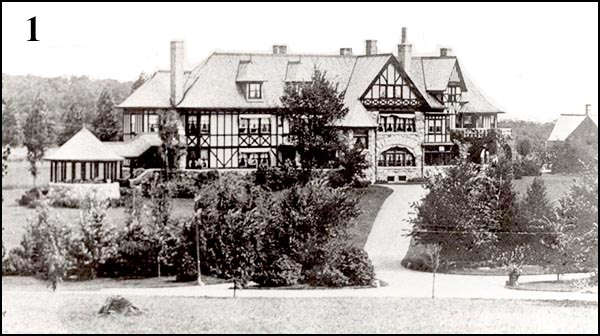 |
The main house of the Hazard Estate — known as Upland Farms — on North Orchard Road must have seemed as though it belonged in another world ... and it did, because for several years the Hazards were the only family on the Hazard Estate, which slowly was chopped into several pieces for such things as the first village high school, homes for some Solvay Process executives, the Piercefield section of Solvay, even the West Genesee Street shopping center. The large home was twice threatened by fires before it was torn down around 1940s. In its time, the Hazard Estate was the site of countless social and civic events.
|
| |
 |
The huge pile of limestone on the south side of Milton Avenue at the North Orchard Road intersection undoubtedly was the best known landmark in the village, and one of its most interesting stories. Now it is best remembered through this painting by Ms. Edith Noble, long-time art instructor at Solvay High School. Below is a photo I found on the Solvay-Geddes Historical Society Facebook page of the scene facing eastbound drivers on Milton Avenue as they approached North Orchard Road.
|
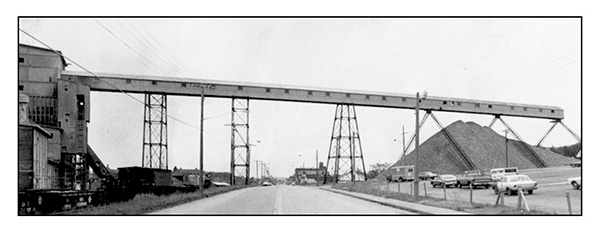 |
| |
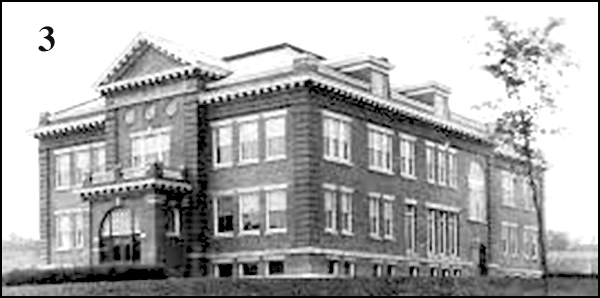 |
This was the first high school built in the village, but it became better known as Intermediate School after the second high school was built on Hazard Street. It sure looks better in this photo than I remember it. The site at Woods and Orchard Roads now is home to an elementary school that replaces Prospect and Boyd schools. |
| |
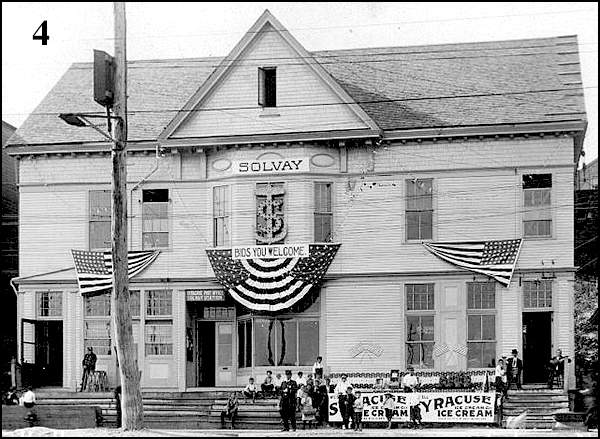 |
The original Geddes Town Hall on Milton Avenue. |
| |
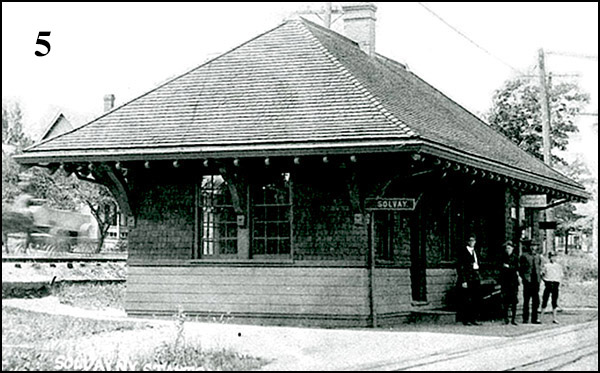 |
There was a time Solvay was a stop for some passenger trains, and this was the village depot, on Milton Avenue. |
| |
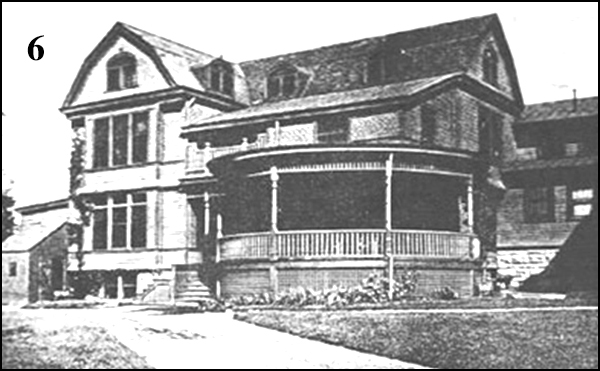 |
This was the first Solvay residence of Mr. and Mrs. Frederick R. Hazard when they moved from Rhode Island after he became the head of the fledgling Solvay Process Company. When they moved to Upland Farm on Orchard Road to their magnificent new home (see Photo 1), this building on company property became known as Guild House, later as Guild Hall when the compny built an addition that included an auditorium and a gymnasium. For many years it was a true civic center for the village, thanks to a great extent to the work of Mrs. Dora Hazard. |
| |
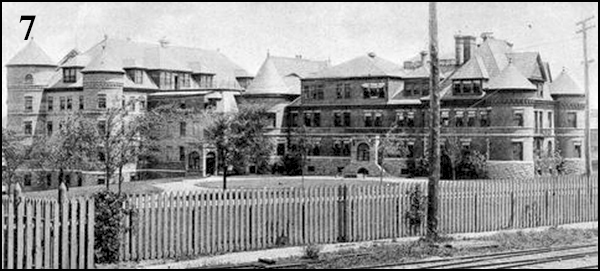 |
One of the saddest things to happen after the closing of the huge factory that gave Solvay its name was that no plan was put forward that would have preversed and repurposed the unusual Solvay Process office building. |
| |
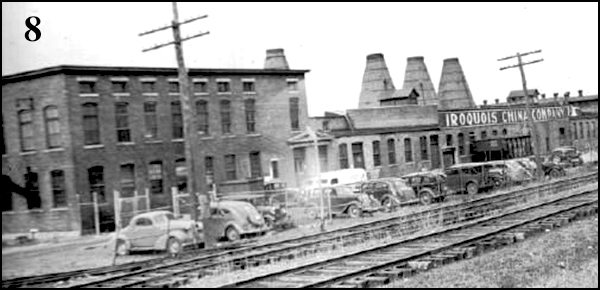 |
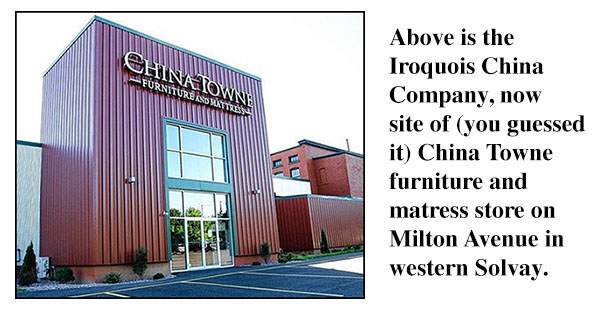 |
| |
 |
From1909 until 1954, this was Solvay’s tallest landmark, the distillation building at Allied Chemical (we still called it the Solvay Process) on Milton Avenue. It stood 192 feet tall (equivalent to a 16-story building) according to the Solvay News (July 1954), and was one of the major sources of soda ash in the United States. In 1954, work was transrerred to a new facility nearby, and this building as torn down.
|
| |
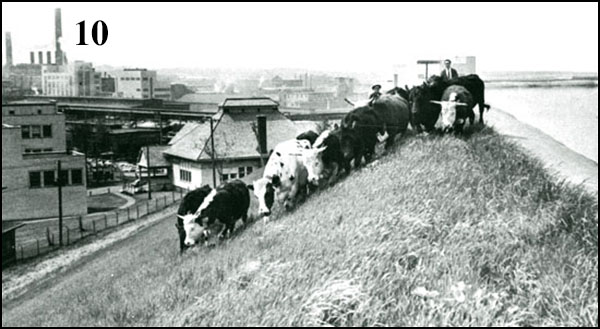 |
Once upon a time the Solvay Process Company (Allied Chemical) used a small herd of cows to trim the grass around a company reservoir that no longer exists at the eastern edge of the village between Milton and Willis Avenues, where both intersect with Erie Boulevard West. See COINTOSS.
|
| |
| These landmarks are still around |
 |
Few things say "Solvay" more than the cannon at the World War I memorial at Woods Road Park. The cannon was a popular, albeit inappropriate toy used by countless youngsters to created their own war games. Here Jack Major sits on the cannon (1939 or '40). The white house in the background belonged to Wanda Smolinski Kaldowski and her husband, Peter. To the far right you can see the edge of the monument to American servicemen that has become the centerpiece of a redesigned area of the park (below).
|
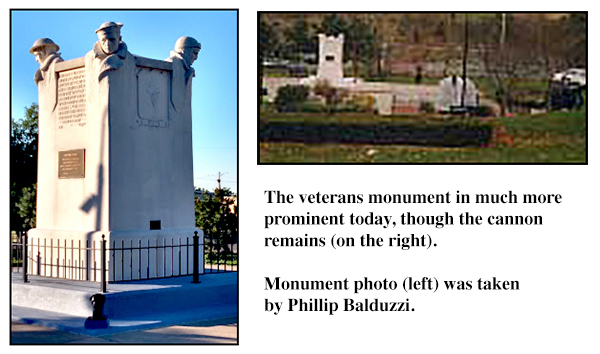 |
For more about the cannon. |
| |
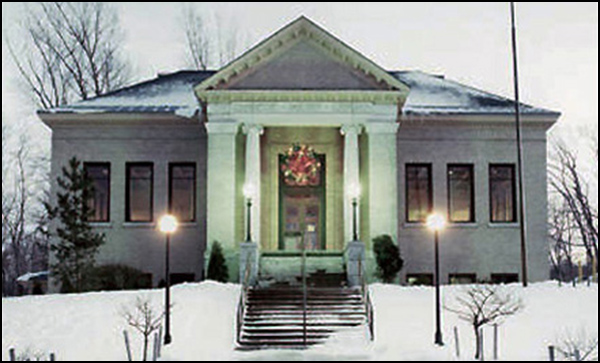 |
This, of course, is the heart of the village, its public library. |
| |
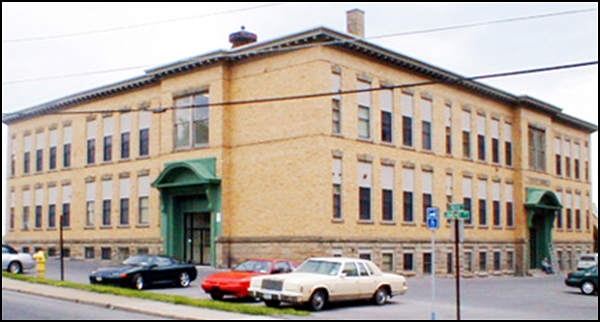 |
When I was growing up, this was Prospect Elementary School. Now it's the Prospect School Apartments. |
| |
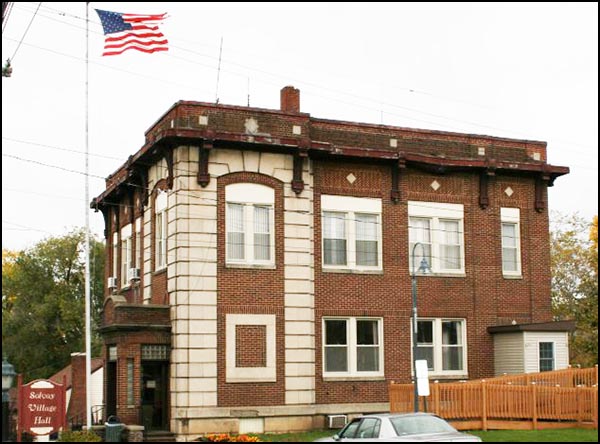 |
| The Solvay Village Hall. |
| |


















